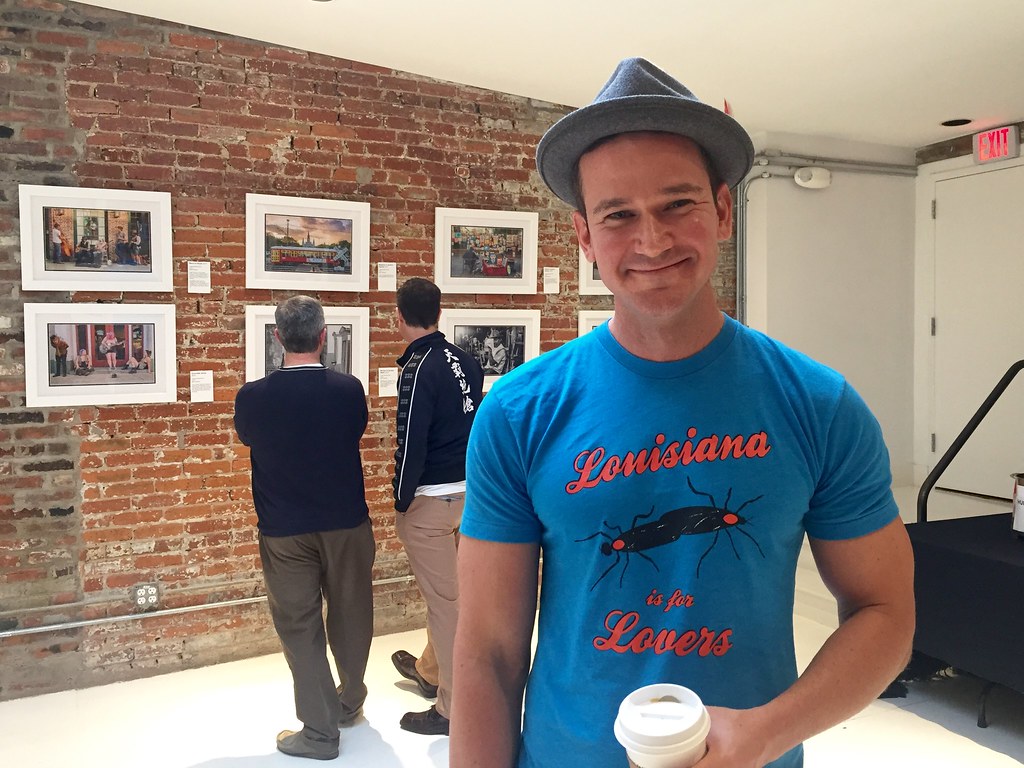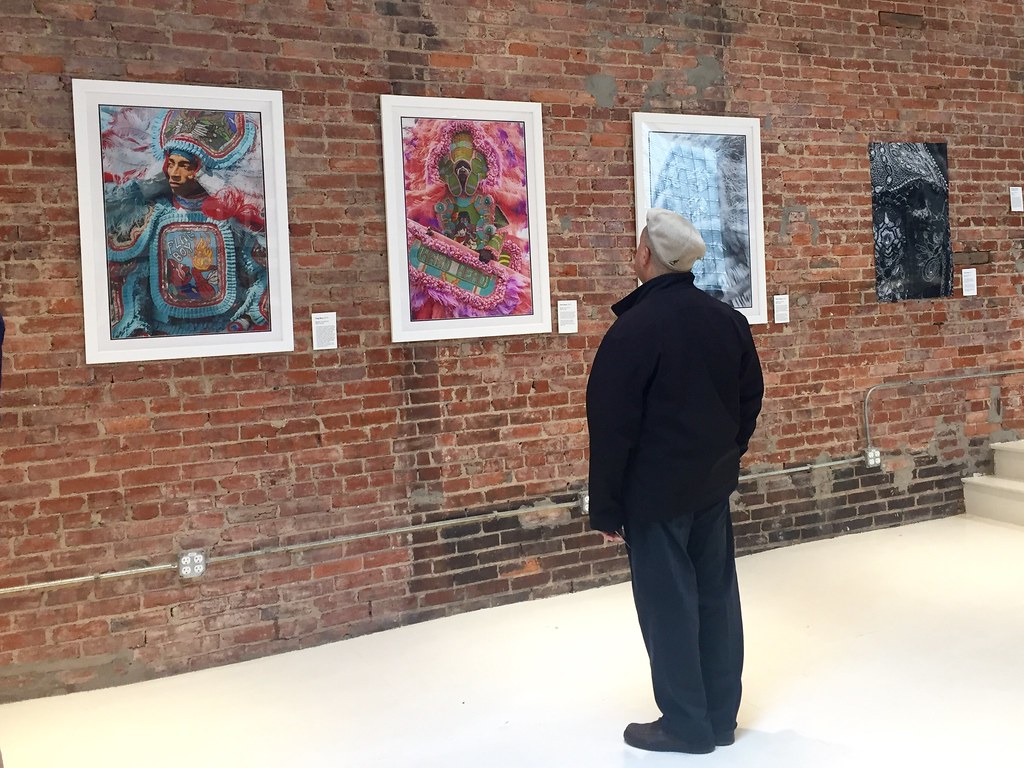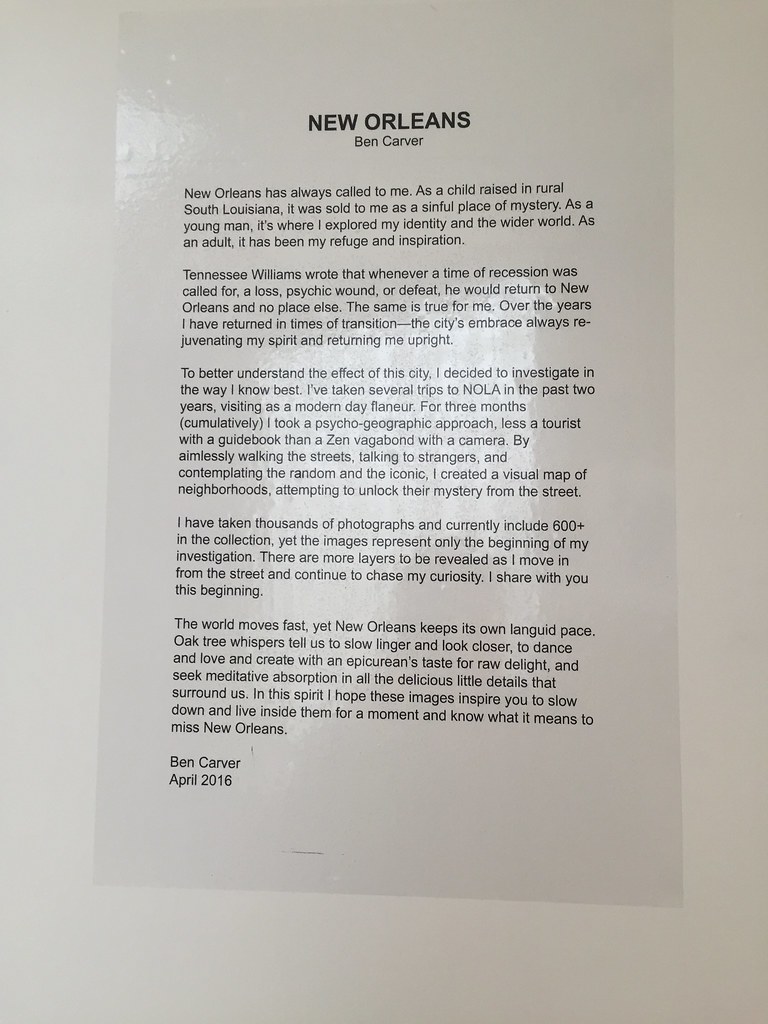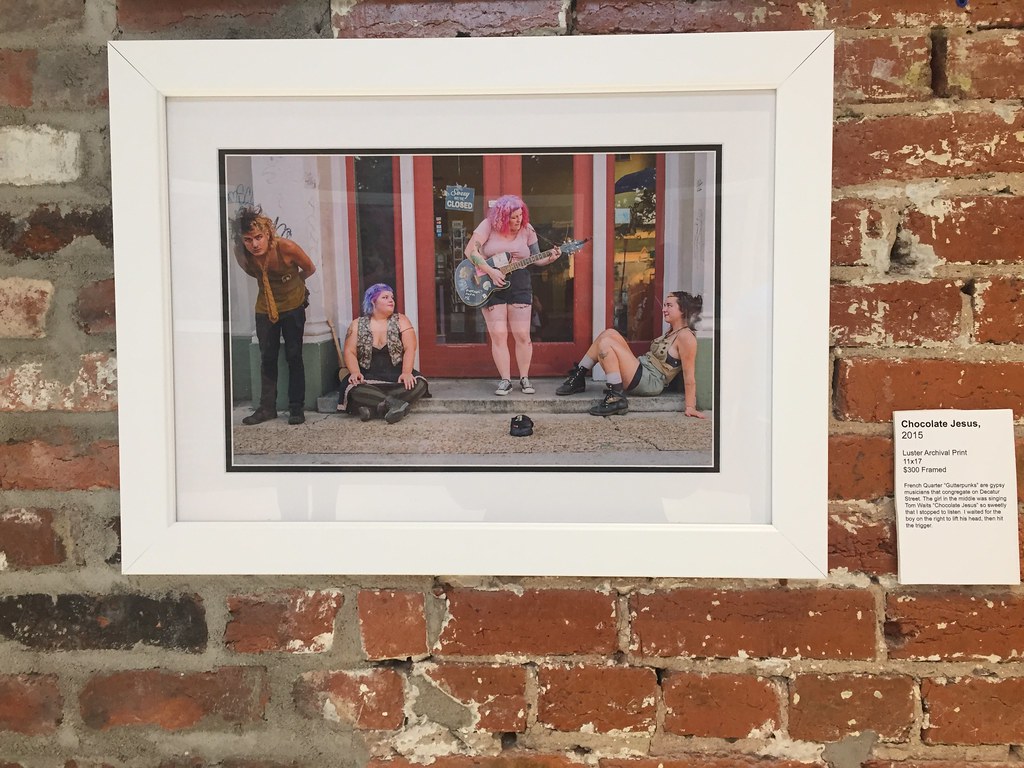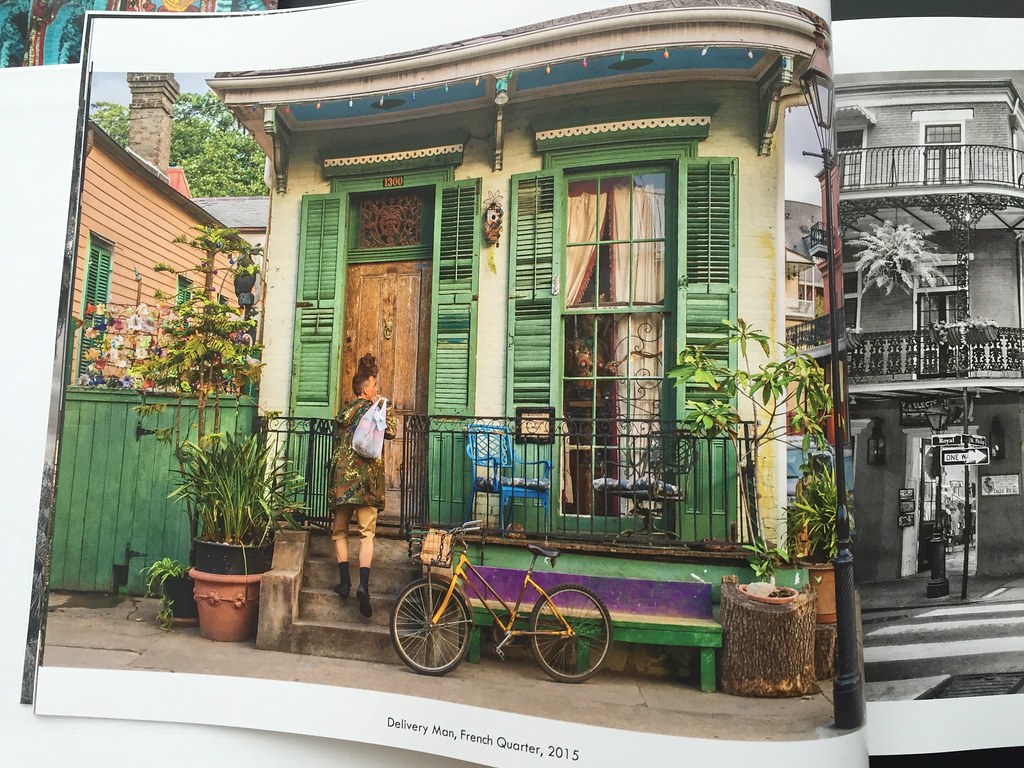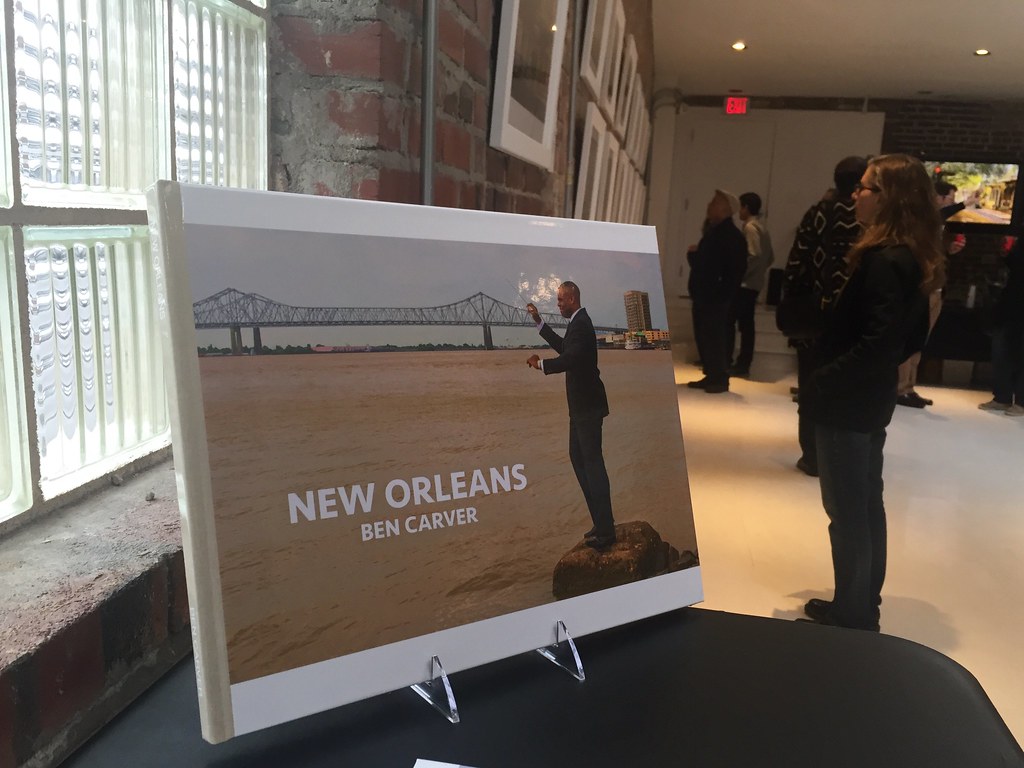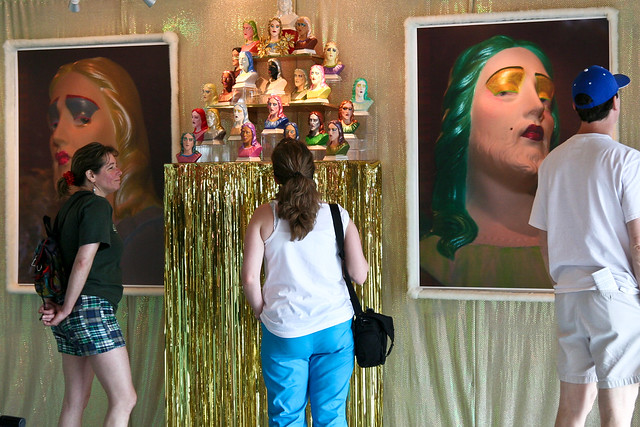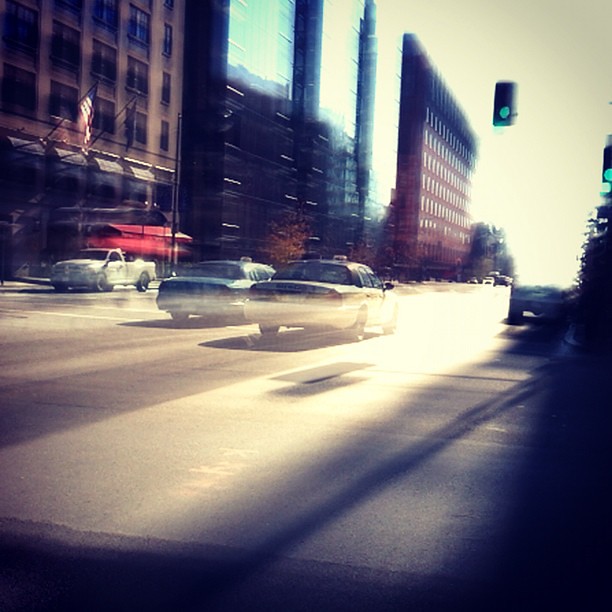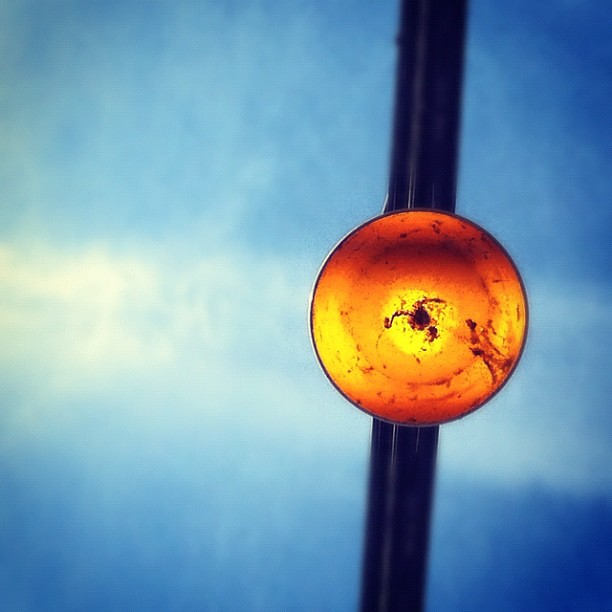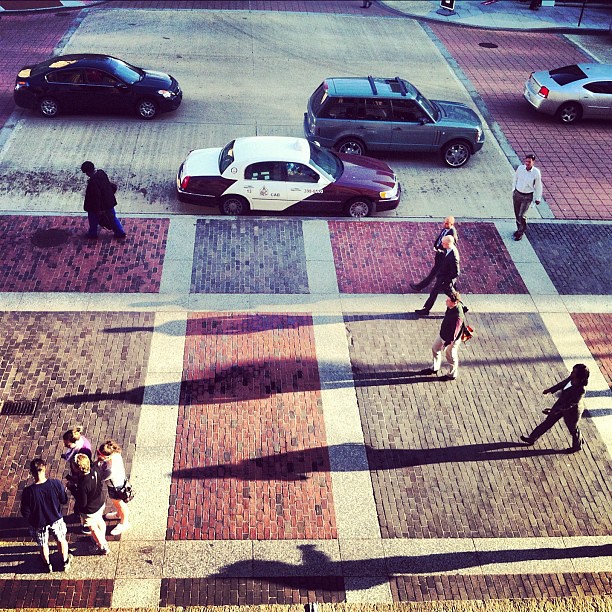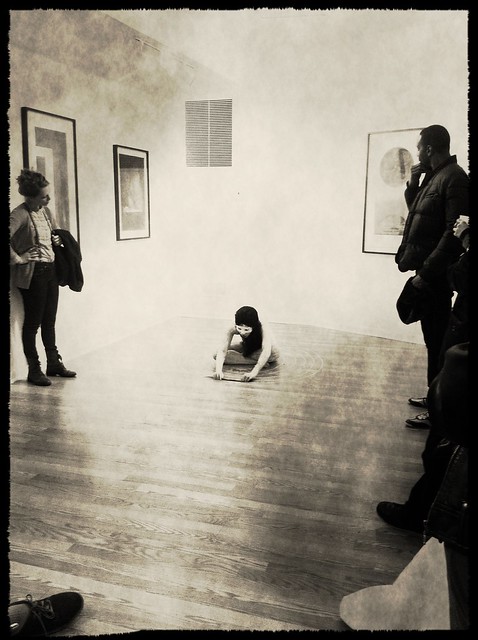The brain is a mysterious thing.
After suffering a concussion, Theresa Amelia turned to art for healing, depicting the shapes that she saw in her mind after her injury.
The result is the beautiful work pictured above – Ocean Agate – that now hangs in a home in Georgetown. It’s mixed media, weighing in at 45 pounds, and features glass and crushed gemstones that glitter in the light, including over 25,000 hand-set mosaic pieces of glass, 20,000 hand-set pieces of tumbled or raw gemstones (Brazilian Aquamarine, Lapis Lazuli, Green Agate, Blue Soapstone, and Green Bloodstone) and over 20,000 ml of poured, custom colored acrylic resin.
Theresa was not an artist before her traumatic brain injury. While she did have a visual sense, from her experience as a photographer, to develop the skills, focus and vision to produce a work of art like Ocean Agate is an almost unexplainable leap. She spent more than 240 hours in its creation.
The injury changed her, producing innumerable negative consequences (like memory loss) but a few positive changes, as precious and as rare as the stones used in Ocean Agate. In addition to her newfound artistic ability, she now empathizes with people in a way that she never had before, feeling what they feel just by looking at them. Maybe this is due to her realization of the fragility of our consciousness or maybe the injury unlocked a part of her brain that we no longer use, this kind of empathy unsuitable for our busy, complicated societies.
Art provides consolation and a way to work through difficult times. Art therapy is used to help veterans returning from combat – traumatic brain injury is a “signature injury” from our endless wars.
And in some cases, brain injuries can lead to extraordinary art.
Thankfully, I’ve never had a concussion. But I’ve seen friends after it’s happened. They are truly not themselves, not knowing where they are or their own name. Experiences like that teach you that our identities are thin and flimsy things, held together by a few membranes in our heads.
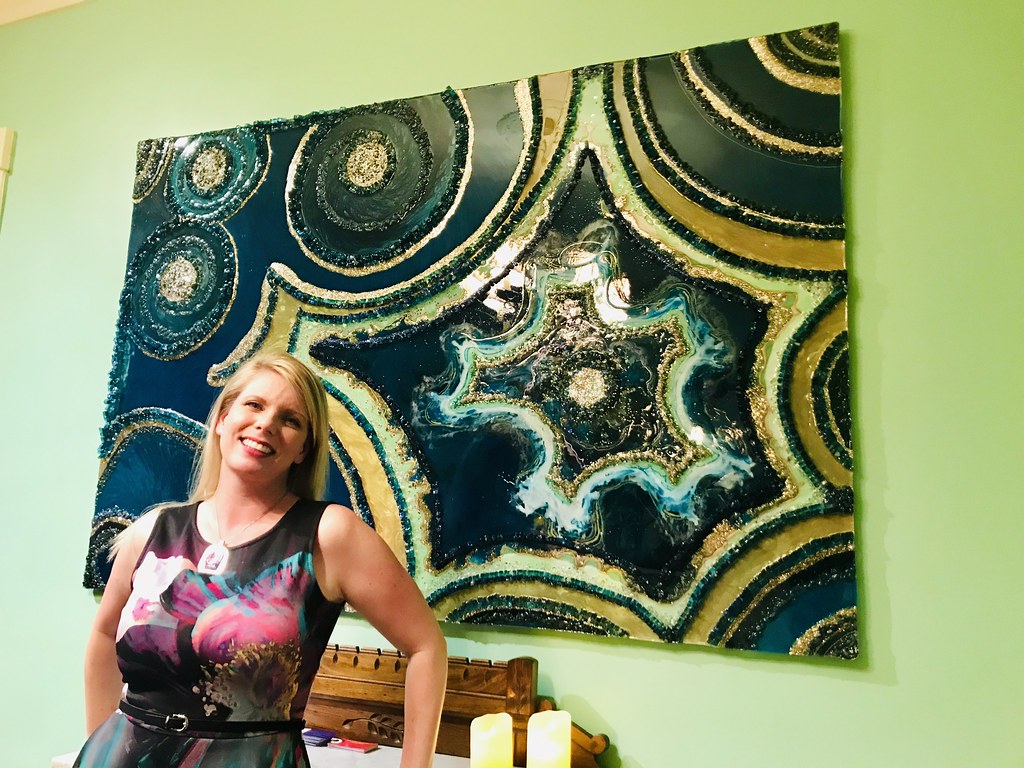
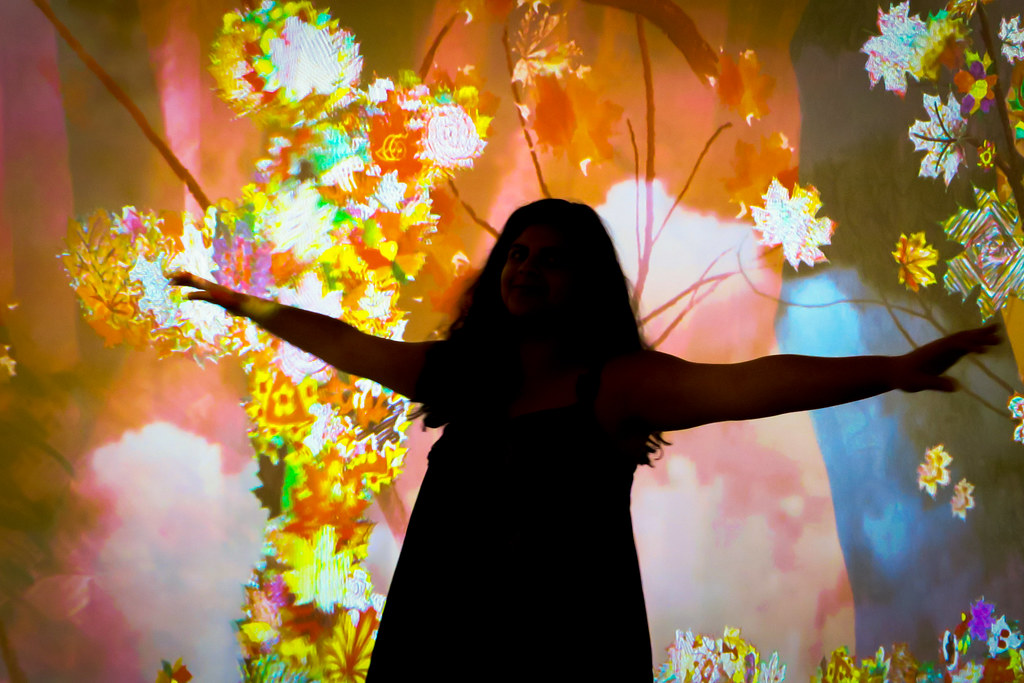

















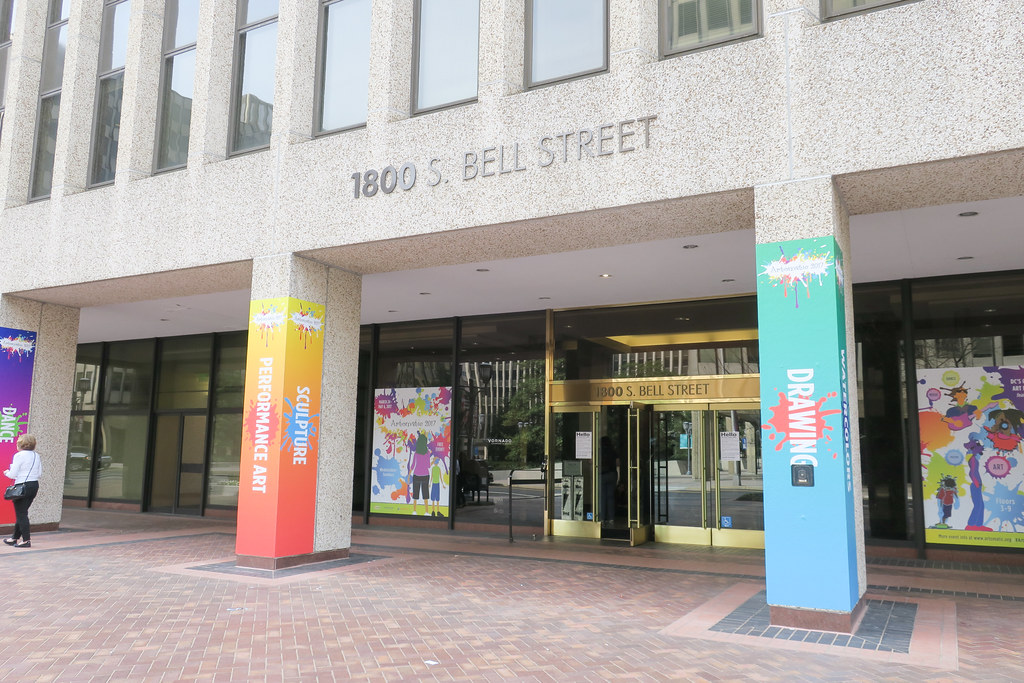
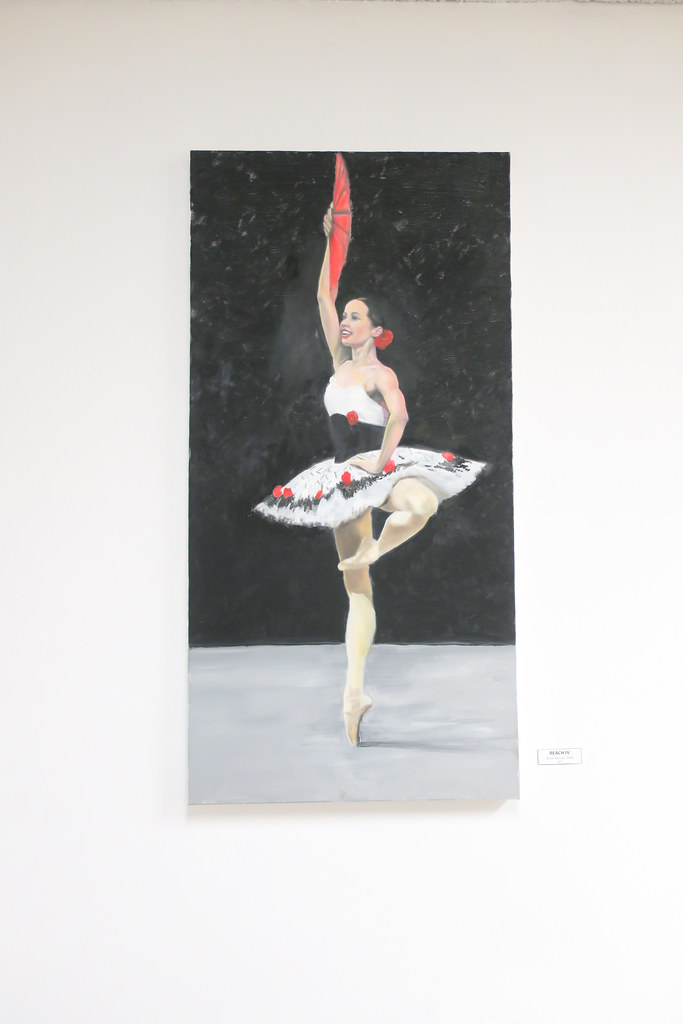
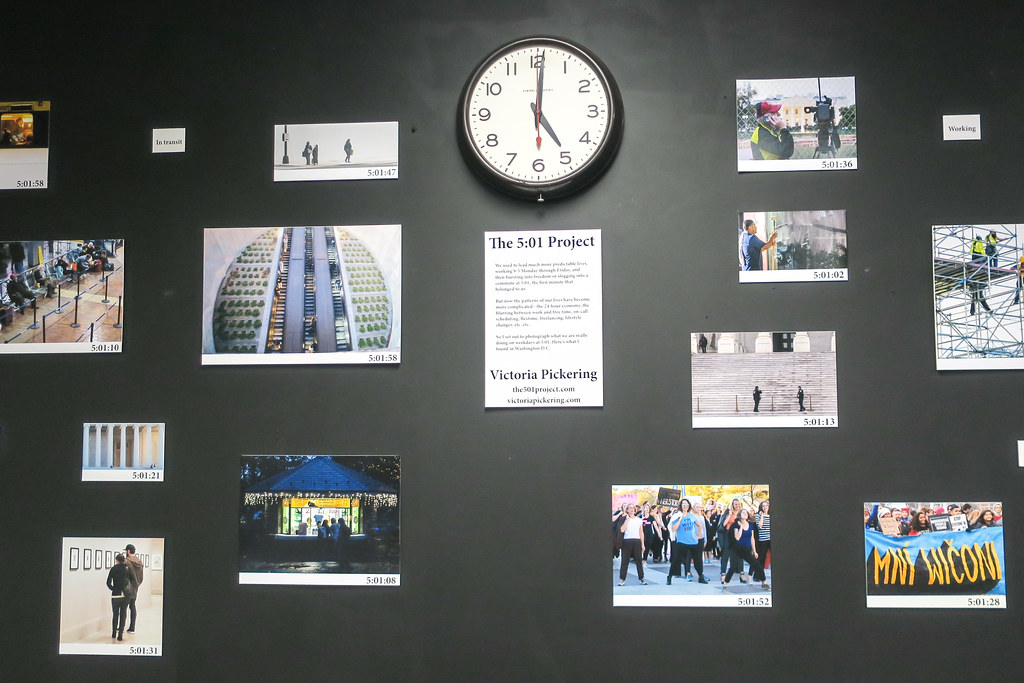
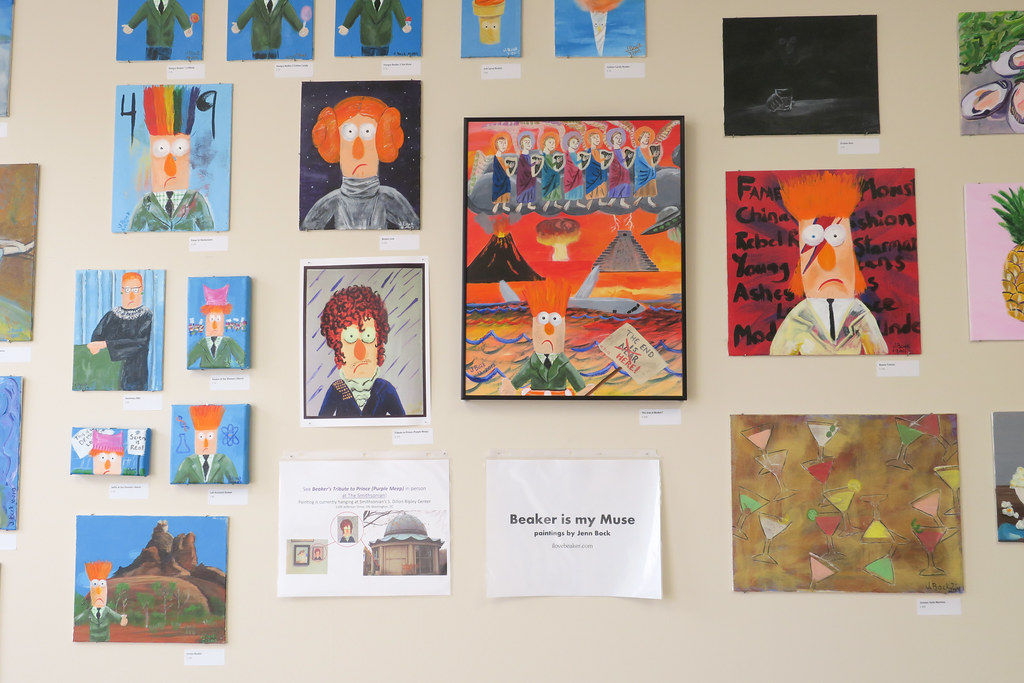
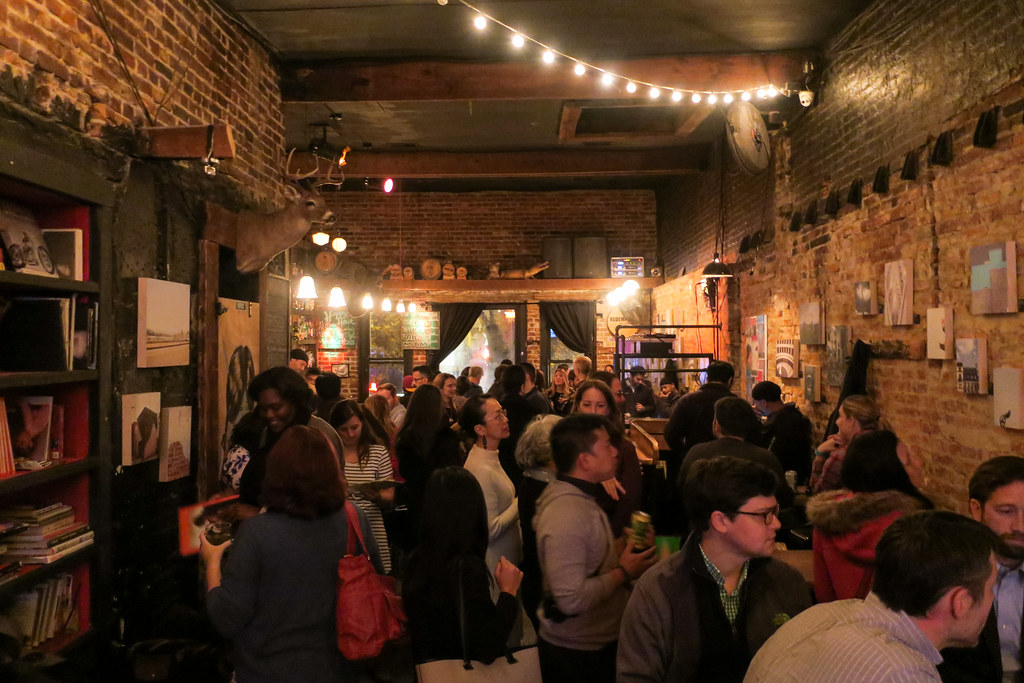
 After three years of renovation, the East Building of the
After three years of renovation, the East Building of the 

 The highlight of the renovation is the Roof Terrace, an outdoor sculpture garden overlooking Pennsylvania Avenue. Lean over the edge and you can see the Capitol. But most people will be drawn toward Hahn/Cock by Katharina Fritsch, on view from July 2016 as a long-term loan from Glenstone Museum in Potomac, MD.
The highlight of the renovation is the Roof Terrace, an outdoor sculpture garden overlooking Pennsylvania Avenue. Lean over the edge and you can see the Capitol. But most people will be drawn toward Hahn/Cock by Katharina Fritsch, on view from July 2016 as a long-term loan from Glenstone Museum in Potomac, MD.


